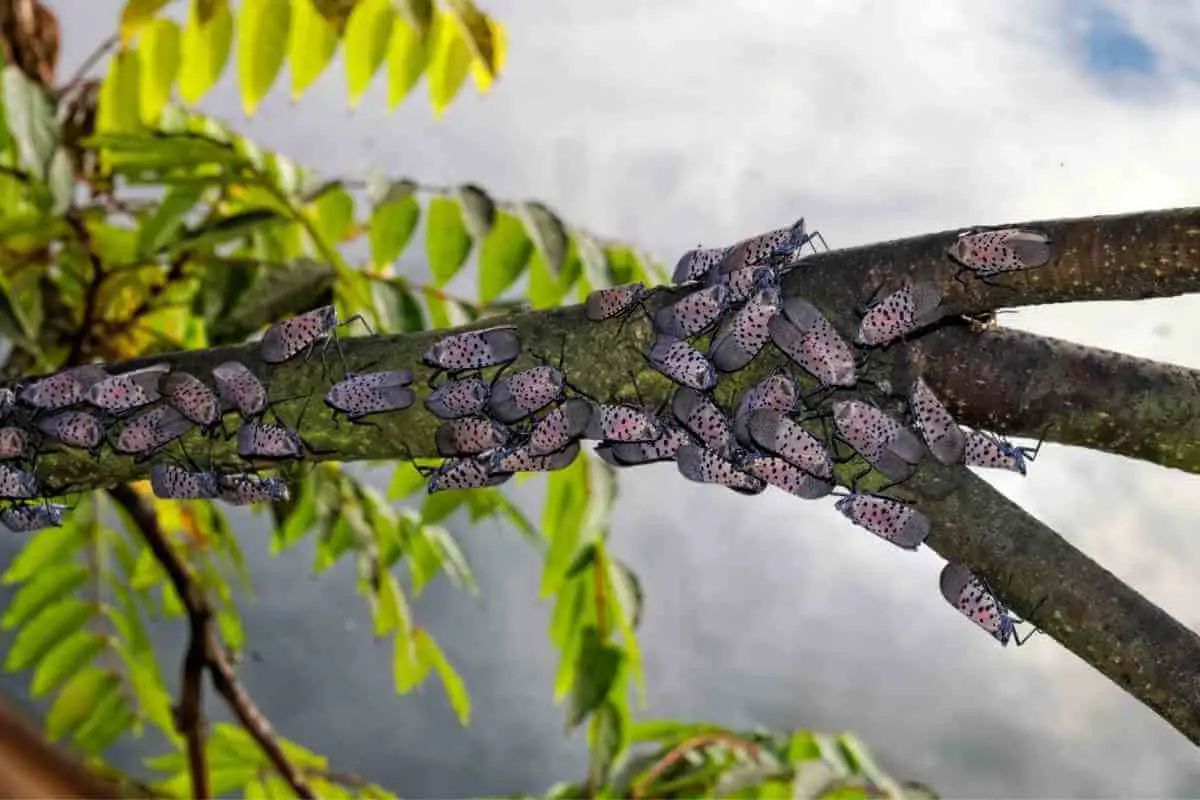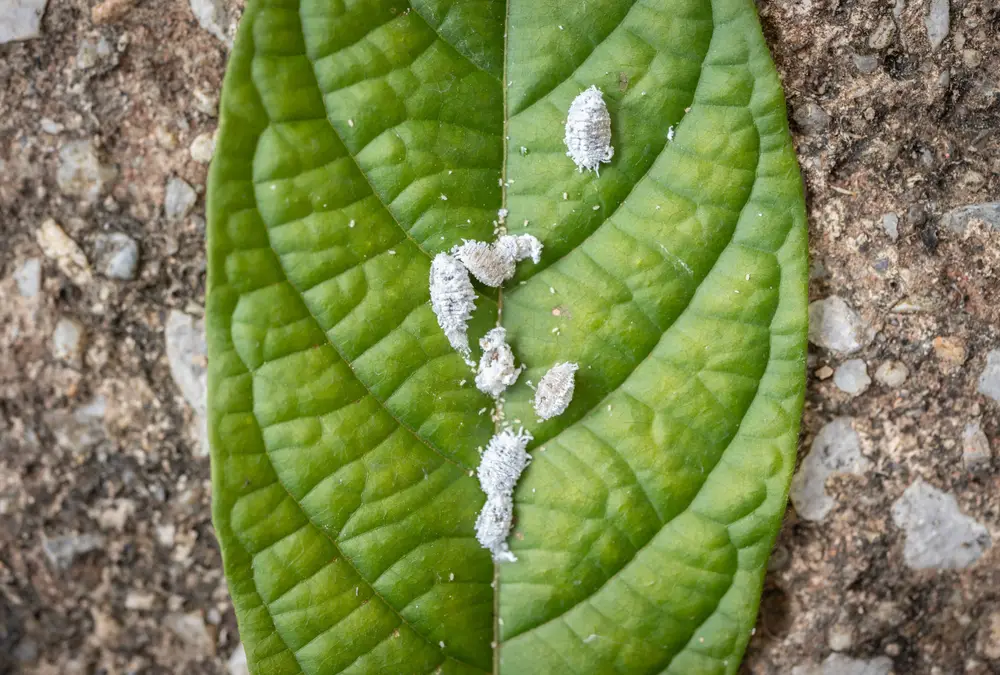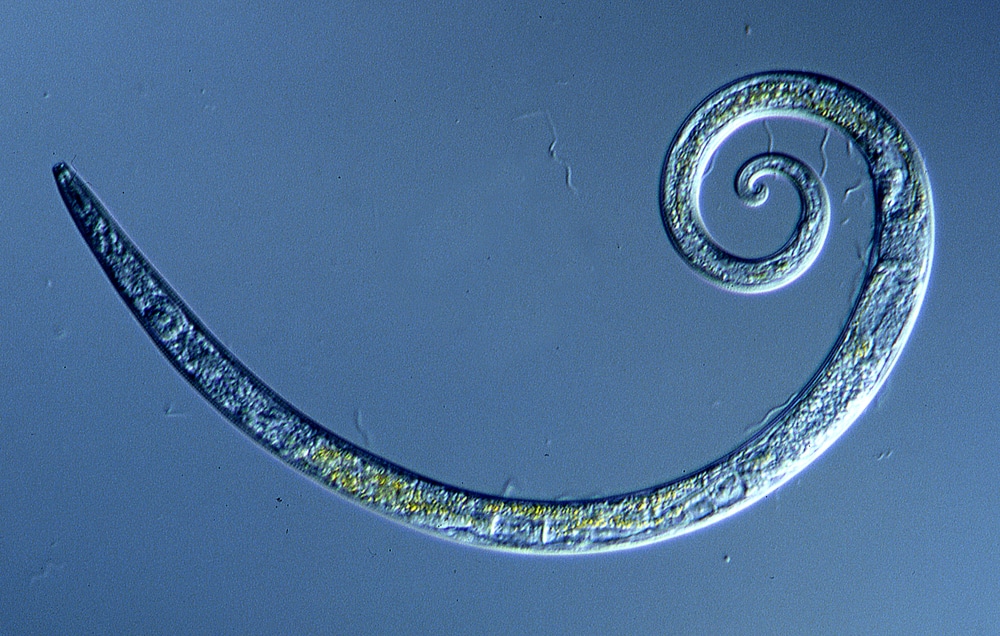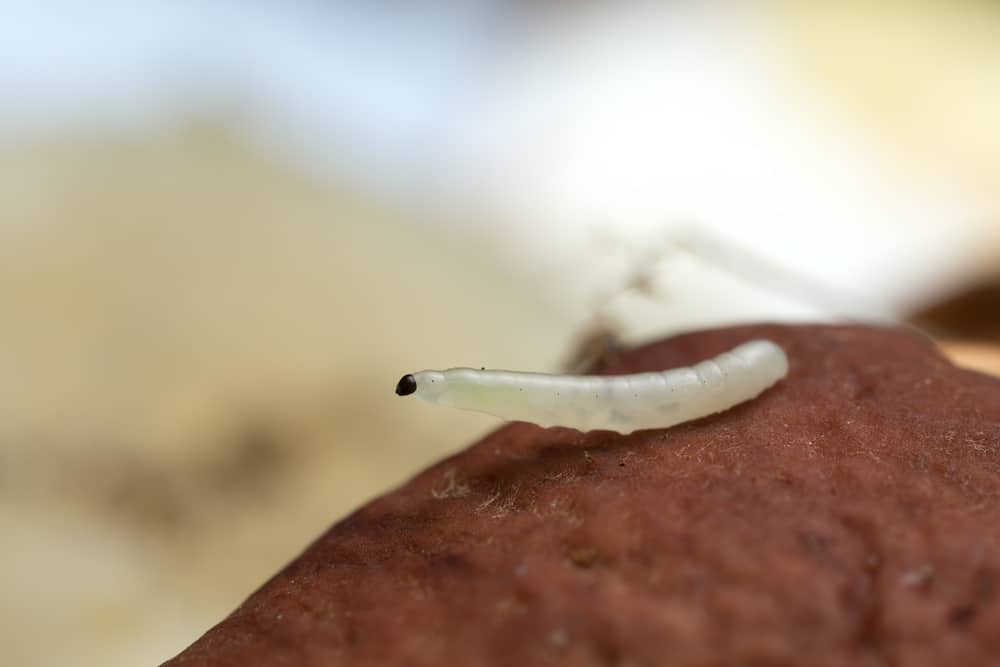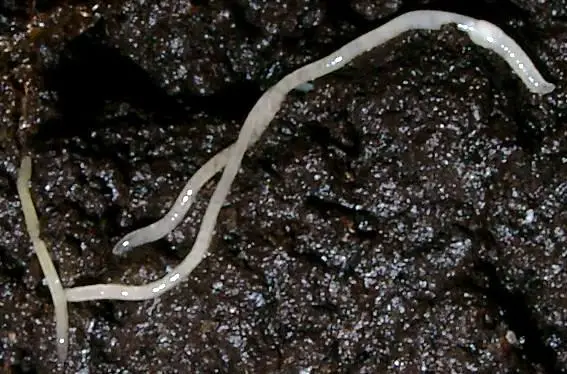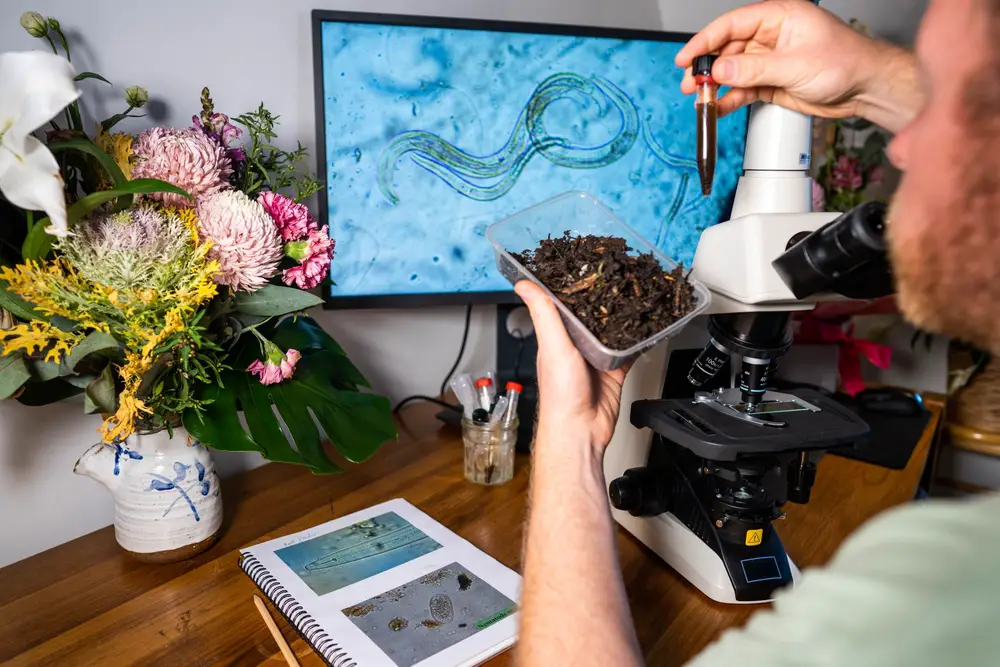The Spotted Lanternfly is an invasive planthopper whose origin dates back to the 12th century in China.
This pest has since spread to other parts of the world, including the United States.
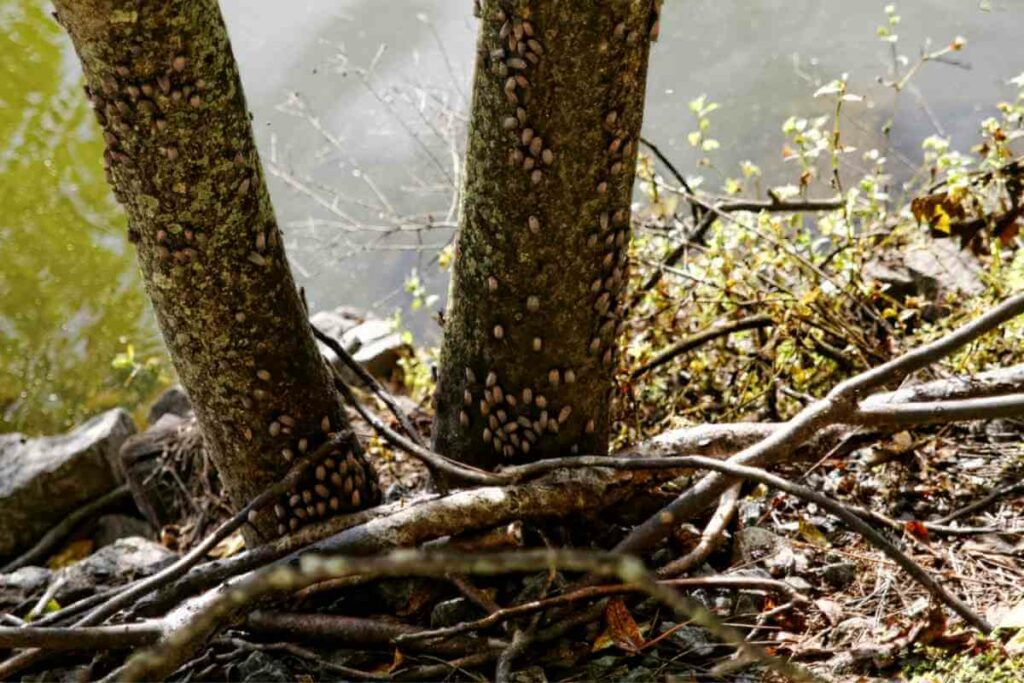
Its diet consists of various plants, such as:
- fruit trees
- vegetables
- and even hardwood trees
So how do you spot a Spotted Lanternfly? Adults have pink wings with black spots. When they are flying, you can notice red underwings. Both females and males have yellow abdomens with black stripes. After mating, the female abdomen swells such that the insect experiences problems when attempting to fly.
Alternatively, you can spot the Spotted Lanternfly by identifying their egg masses. The eggs masses appear muddy and measure between one and 1.5 inches long each egg mass has 30 to 50 eggs arranged in vertical columns containing at least five eggs.
The eggs usually overwinter between March and June, depending on when they were laid.
They are hardy and can survive at subzero temperatures.
The nymphs that hatch from these eggs are called instars and measure between ¼ and ½ inches, making it easy to mistake them for ticks.
Where Can You Spot the Spotted Lanternfly?
Here are some of the highly susceptible plants to Spotted Lanternfly infestations.
Tree of Heaven
There’s a widespread belief that the Tree of Heaven was the first species to suffer attacks from the Spotted Lanternfly.
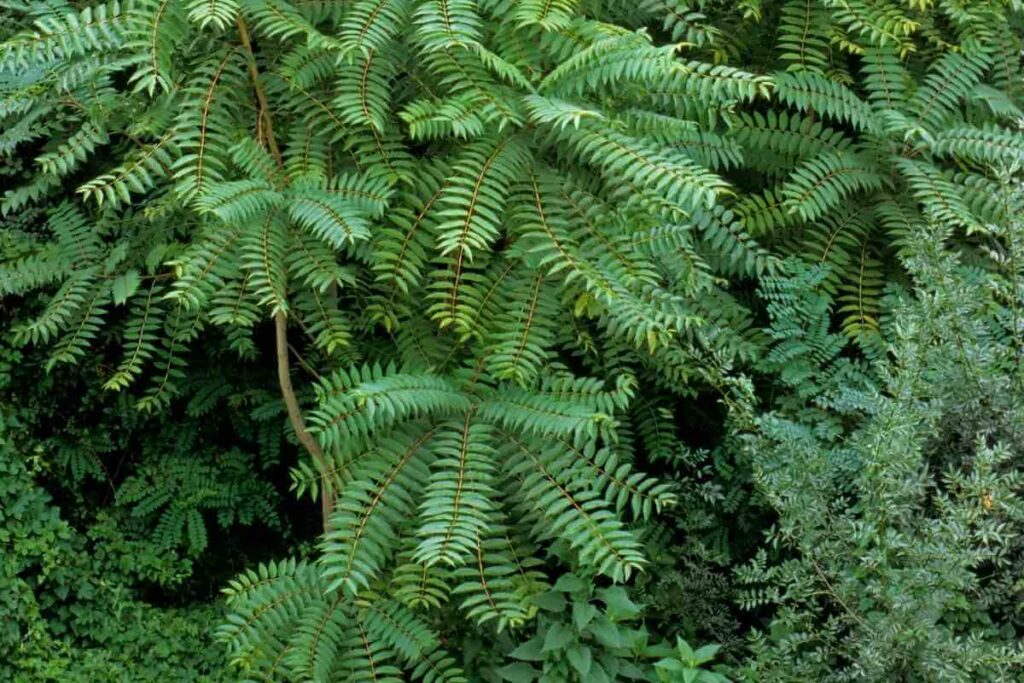
This is understandable, as the tree is native to China. It was introduced to the United States during the Gold Rush.
Because of its adaptability, the Tree of Heaven can survive in various climatic conditions.
The problem is that it grows to 100 feet tall, making it a challenge to uproot it without professional help.
Ornamental and Timber Trees
Some species that host the Spotted Lanternfly include:
Arborists and foresters have concerns over the spreading rate of these pests and their potential impact on these valuable tree species.
Besides hurting the value of the trees, their attacks cause deforestation and contribute to climate change.
Notably, Spotted Lanternflies don’t cause fatal damage to ornamental and shade trees.
Fruit Trees and Vines
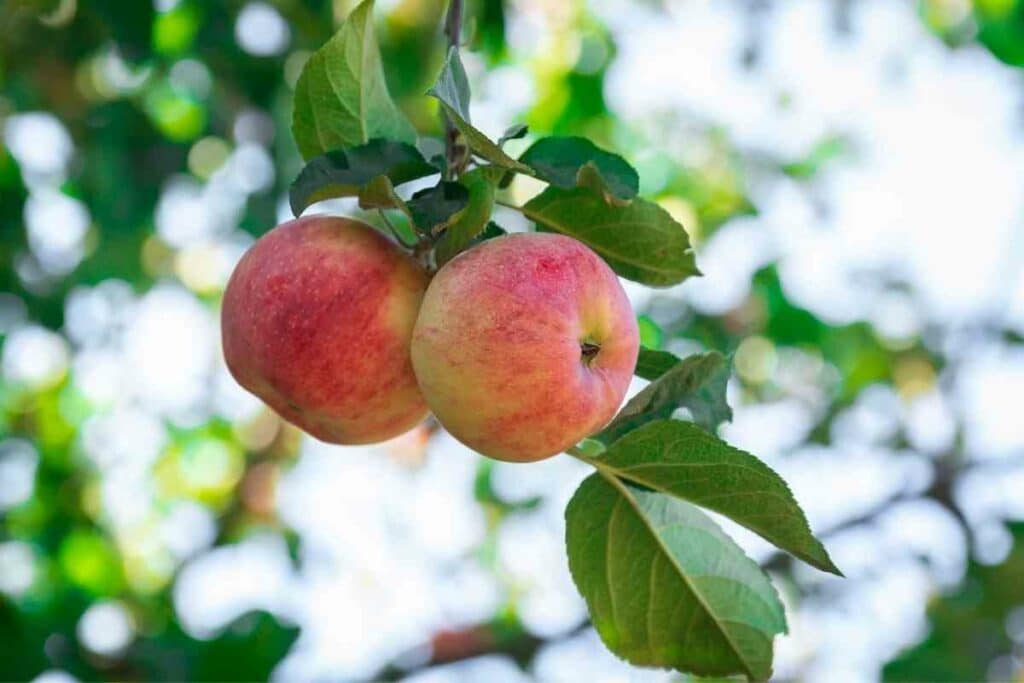
Spotted Lanternflies also infect fruit trees like apples, apricots, cherry, peach, and plums.
When they don’t eat the fruits, they weaken the plant, resulting in smaller yields.
What Are the Symptoms of Spotted Lanternfly Infestation?
A tree infested by Spotted Lanternflies will have ‘wounds’ on the affected spots.
These wounds will ooze, leaving a characteristic black or gray trail on the plant’s bark.
It’s worth noting that Spotted Lanternflies attack plants in large groups.
This explains why plant leaves tend to wilt, as the pests suck sap in massive amounts.
Eventually, the branches start withering, and the plant might die if it hadn’t matured.
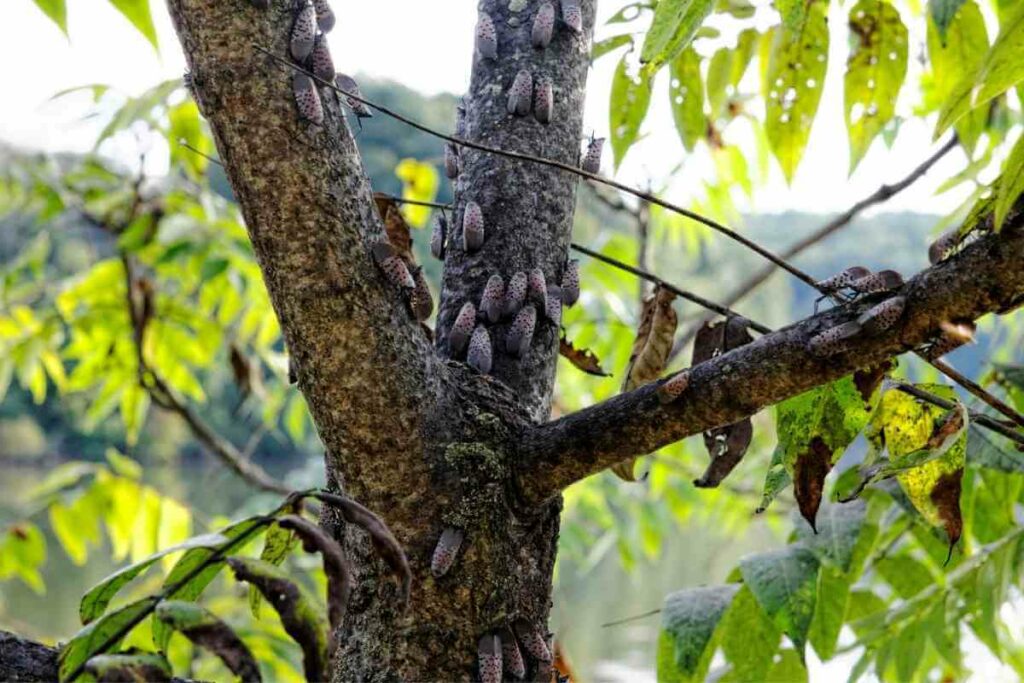
Since the insects can’t digest the sugar in the sap completely, they secrete a large amount of it in the form of sugary honeydew.
The honeydew forms a sticky coating on the leaves and stems. Sometimes, it can be too much that it falls to the ground around the plant.
Honeydew is itself a problem for plants. First, it attracts ants, hornets, and yellowjackets.
These are not only a nuisance, but they also make trees inaccessible, particularly hornets.
Additionally, the honeydew provides a conducive environment for the budding of sooty mold.
This can contaminate several fruit trees, lower their productivity, delay maturity and reduce their tolerance to low temperatures.
Over time, the mold grows so thick that it blocks sunlight and hinders photosynthesis.
The honeydew also encourages the growth of sooty mold, which can:
- contaminate grapes and other types of fruit
- reduce their yields
- delay ripening
- and decrease their tolerance to cold weather
How Do I Treat Spotted Lanternflies?
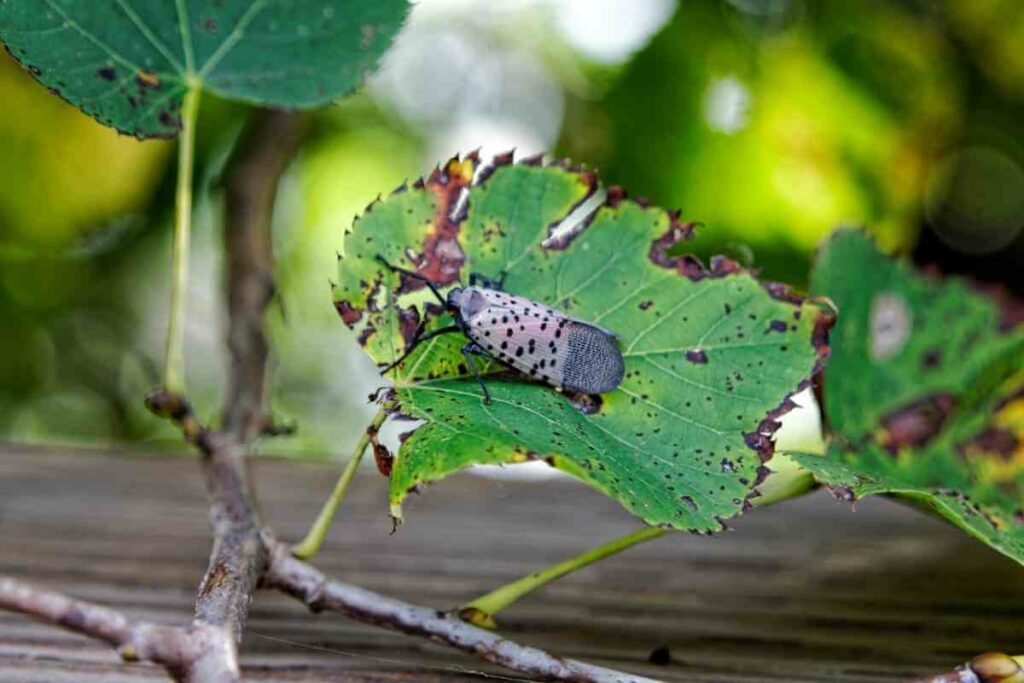
If you spot Spotted Lanternflies in your garden, here are some methods you can use to eradicate them.
Destroy the Eggs
The first step to eliminating Spotted Lanternflies is by destroying their eggs.
When you find the egg masses, scrape them into a solution containing soap water and rubbing alcohol, or use your hand sanitizer.
Alternatively, you can burn or smash them.
Ensure that none of the eggs goes into your compost pile, as this will provide an excellent breeding ground.
Always Good Idea: If the eggs are too high up the tree, contact an arborist for help.
Remove Trees of Heaven and Other Preferred Hosts
Once you identify and destroy the eggs, you should remove their host plants.

As seen above, the Tree of Heaven is their preferred habitat – treating as many as possible is an effective preventive measure.
Removing Spotted Lanternflies from smaller trees requires foliar herbicides like glyphosate or triclopyr amine.
Larger trees may require bark application, where you make cuttings on the bark or spray from the tree’s base upwards up to a height of 18 inches.
After applying the herbicide, wait for at least four weeks before uprooting the trees.
This is because they can regrow from stumps and root fragments.
In most cases, it takes multiple applications to kill the tree and any potential regrowth.
If Possible: Uproot the tree entirely. However, this requires professional help because of the tree’s size.
Chemical Controls
You can use different types of insecticides to eliminate Spotted Lanternflies.
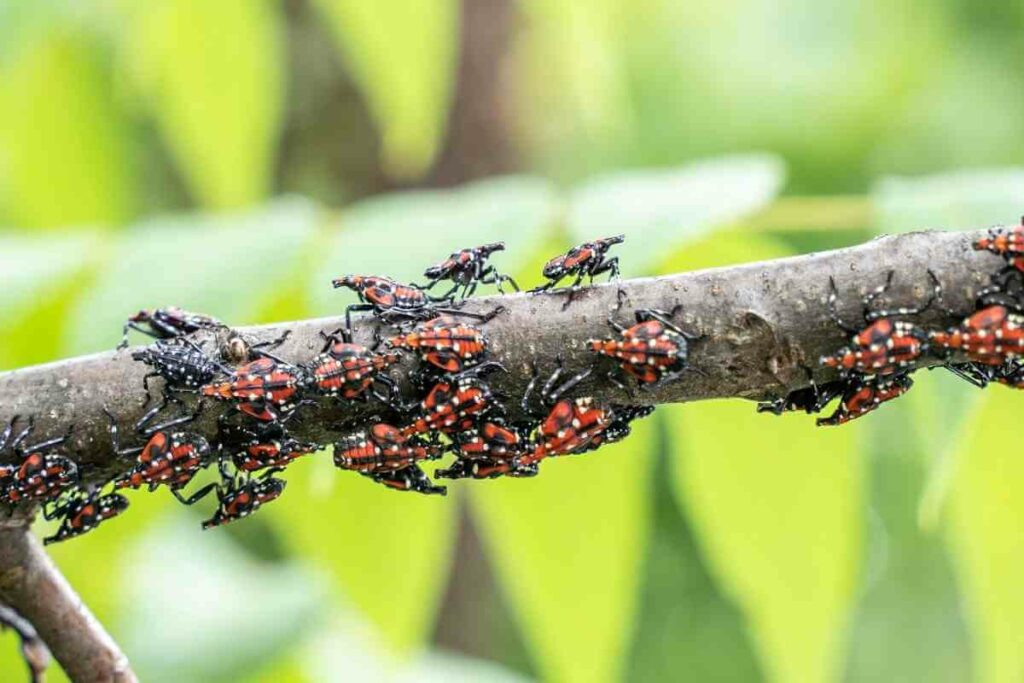
Each works differently, and you should only apply the chemicals to infected trees.
Treating your entire yard can kill beneficial insects.
The problem with insecticides is that adult Spotted Lanternflies are most active when trees start producing fruits, making them unsuitable for spraying.
That said, here are some of the chemical controls you can use to treat Spotted Lanternfly infestations.
Conventional Insecticides
Conventional insecticides prevent the continual breeding and spread of Spotted Lanternflies.
It’s best when combined with manual trapping and killing of adults, nymphs, and egg masses.

Some of the insecticides you can use include:
- Ovicides – these are insecticides that target and kill the eggs of pests. The best time to apply this is when the insects start hatching eggs between February and April.
- Contact insecticides – these are the most popular type of insecticides. Whenever a pest comes into contact with this chemical, either directly or by interacting with a sprayed surface, it dies instantly. For best results, ensure that you spray contact insecticides evenly across the host plant.
- Systemic insecticides – these work opposite to contact insecticides. After spraying, they enter the host plant such that the pest dies when it feeds on the plant. You can also apply them through bark injection. Systemic insecticides are effective for extended periods because of reduced exposure to weather elements. They are also less likely to be harmful to beneficial insects.
- Hybrid insecticides – these are a combination of contact and systemic insecticides. They are usually applied by drenching water through the soil, although you can directly apply them to infected areas. Be careful to avoid contaminating the ground when using this type of insecticide.
Organic Insecticides
Most organic insecticides work like contact insecticides.
Despite being effective at eliminating Spotted Lanternflies, they have poor residual activity.
This means that you need to apply them more frequently. An example of an organic insecticide is natural pyrethrin.
Use Sticky Paper or Duct Tape
If you have a tree with an extensive Spotted Lanternfly infestation, wrap several thin strips of sticky paper around its base.
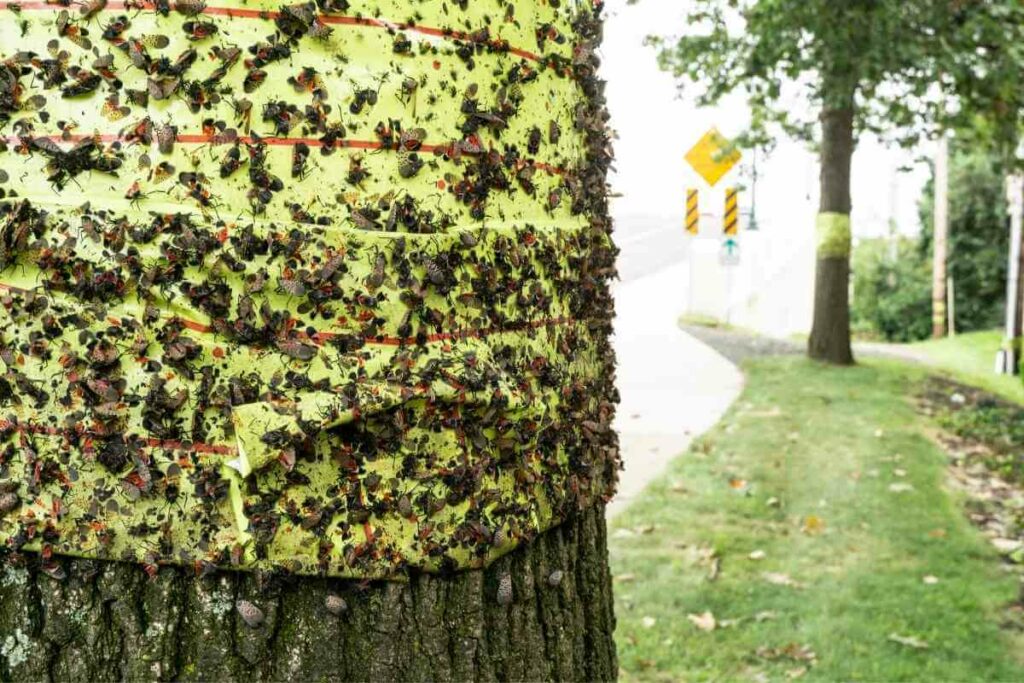
Drape duct tape inside-out around the bark if you don’t have the paper.
Then, take your garden hose or pressure washer and spray the bugs with water so that they fall off the tree. You can also use a leaf blower.
Once the insects fall off the tree, they’ll try getting back up. This is where the sticky paper or duct tape comes in.
The insects will get stuck, making it easy to kill them once you unwrap the paper or tape.
It would help if you watched how you use sticky paper and duct tape.
It’s advisable to cut thin strips that don’t exceed two inches to minimize harm to wildlife.
Also, the wrappings should be at least four inches above the ground.
Plant More Milkweed
Do you know that Spotted Lanternflies like feeding on milkweed?
These pests don’t know that the plant is toxic and can kill them.

The flies become less active and slow down when they ingest the sap, making it easier to catch and crush them.
Even Better: Another benefit of planting milkweed is that it provides a habitat for the endangered Monarch butterfly.
Why Should You Avoid Home Remedies?
People run to the internet for quick solutions in this digital era, and the Spotted Lanternfly is no exception.
While this approach can help you identify what’s harming your plants, experts recommend against implementing home remedies to combat these pests.
Commonly used treatments include:
- boric acid
- chili
- dish soap
- garlic
- salt
- vegetable oils
- and vinegar
These can be harmful to plants, pets, and even humans.

For instance, the foaming agents, solvents, and surfactants found in dish soap can hurt the health of your plants.
Chili, on the other hand, can irritate your eyes and skin.
Be Careful: Boric acid is highly toxic, and prolonged exposure to it can cause harm or even kill animals and humans.
Wrapping Up
Spotted Lanternflies are unsightly and can cause extensive damage to your plants. However, they are pretty easy to spot and control.
Once you identify the pests, start by destroying their egg masses.
Then, spray insecticides to kill the nymphs and adults. If the infestation is extensive, consider uprooting the infected tree.
Lastly, avoid using home remedies because they are unproven and harmful to you and your plants.
